Like the Marxist dialectic, or the predictions of the Gospels, the green movement has long seen its triumph as preordained. Yet sometimes the inevitable turns out to be not so.
Over the past few years green policies — notably the drive for “net zero” — have been failing. Both markets and politicians have seen the light. What
Joe Biden’s treasury secretary Janet Yellen once called “the greatest business opportunity of the twenty-first century” has revealed itself to be something of a disaster.
The new American President is likely to be blamed for the implosion of the green agenda, but its collapse long pre-dates his re-ascension. Well before November the opportunity of the century was going bust — not least because the policies were having little apparent impact on the actual climate. On Wall Street, ESG-approved (environment, social and government) stocks have been tanking, according to leading studies, shackling firms with massive losses.
Climate activists still insist that Trump’s departure from the green mantra is hubristic, like an ostrich sticking its head in the ground as the inevitable climate apocalypse comes closer. But many voters in America as well as Europe have had second thoughts about spending upwards of $6 trillion annually for the next thirty years on green largesse. It doesn’t help that these spending pledges are so often advocated by jet-setting billionaires.
Well-funded campaigners will continue to try to shield Europe’s environmental policies from Trump, but this is not a passion among voters on either side of the Atlantic. Most people don’t want to huddle in smaller dwelling units, enjoy less mobility, more costly home heating, no air-conditioning, and a more austere diet. Already a growing economic dislocation — such as the energy-driven decline of the German industrial machine — is sparking opposition to green policies throughout the West, first expressed by the gilets jaunes movement in France in 2018, now spreading further across an increasingly distressed Europe. Even some on the left are reconsidering their policy agenda. In ultra with-it Berlin, a referendum on tighter emissions targets recently failed to win over enough voters.
The decline of the greens is a clear sign of change. Once seen by Foreign Affairs as “reshaping global politics,” the greens have suffered devastating defeats across Europe. There are now moves to boost fossil fuels in eastern Europe and Japan.
Britain, once a reliable implementer of extreme climate policy, is now considering new oil and gas projects, while the EU, concerned about lagging productivity, may be about to scrap its climate requirements.
Support for current green policies — including now-abandoned mandates for electric vehicles — has traditionally been weaker in the US, reinforced by poor sales and lost profits by US carmakers. A recent Gallup poll shows that just 3 percent of Americans consider climate change and the environment their main concern. Even young people, the group most concerned with climate change, rank it far below inflation, housing, gun violence, jobs and corruption.
Opposition to Biden’s green climate policies also played a critical role in Trump’s wins in Pennsylvania, a major fracking state, as well as manufacturing-oriented Wisconsin and Michigan. Huge parts of the American economy — manufacturing, agriculture, logistics — depend on reliable and low-cost electricity.
Unsurprisingly, President Trump was strongly backed by fossil-fuel industry campaign contributions (green capitalists backed Harris). His plans to reindustrialize the country, a key MAGA goal and particularly critical for the Midwest, rely in large part on keeping US energy supplies buoyant and affordable.
To be sure, most Americans, like Europeans, support the notion of climate mitigation but they are not willing to pay a high price for it: a large majority seems unwilling to pay even $10 a month to “save” the planet. In contrast, a recent poll suggested that urban elites — high earners with graduate degrees — favor unpopular notions like rationing gas and meat, ideas that are roundly despised by the rest of the population.
Even hipsters are ditching the green agenda. Bastions such as Berkeley and Washington State voted overwhelmingly last fall against measures to limit or increase tax on natural gas.
Even Californians seem to be losing their passion for renewable energy. Throughout red America, communities have been rejecting wind and solar projects, over seven hundred times since 2015.
The crux of the green dilemma lies in part with the realities of physics as well as geopolitics. Renewables suffer a low power density which, as Siemens energy CEO Christian Bruch recently suggested, requires ten times as much material to work effectively, regardless of whether the wind is blowing or the sun is shining.
As the OECD noted in 2018, “the full cost of energy,” (i.e. the cost of integrating renewables in full nationalized grids) is higher than natural gas, coal and nuclear power. Expect the green lobby to ramp up its propaganda. Rather than sober discussion about a very complex topic, they will predict catastrophic results, including mass starvation and a rapid growth in weather related fatalities, even though decades of predictions of impending, unalterable doom have proved more theatrical than accurate. “Climate science,” notes 2022 Nobel Prize laureate for physics John F. Clauser, “has metastasized into massive shock-journalistic pseudoscience.”
The outcries will get lots of attention. The climate propaganda drive enjoys an inside track with the media, including outlets, such as Associated Press or National Public Radio, which take money from climate advocates. Paid off or not, the mainstream press remains largely the climate lobby’s useful idiots.
A New York Times piece last year suggested “mass climate migration” away from places like Texas despite continued migration flows toward it. As analyst Robert Bryce has demonstrated, in 2021 green nonprofits — what he scathingly calls “the anti-industry industry” — received well over four times as much in donations as those advocating for the use of nuclear or fossil fuels.
Repeated claims of impending, unalterable doom tend to undermine the seriousness of the issue. Certainly warming has not impacted food production, as is frequently suggested. Since 1960 wheat production has quadrupled. Rising sea levels remain a concern, but that has been happening since the last glaciation over a few hundred thousand years ago. It has not accelerated substantially in recent decades. Even the Intergovernmental Panel on Climate Change’s own report concludes that a signal of climate change has not yet emerged beyond natural variability.
Perhaps equally critical are geopolitical considerations. The West will pay a price for its green fantasies given that its greatest competitors, including China, use coal and gas to power their economies. China now emits more greenhouse gases than Japan, the EU and North America put together.
In the developing world, fossil-fuel burning continues to grow in Pakistan, India, Bangladesh and Vietnam. As former Nigerian vice-president Yemi Osinbajo has noted, “No country in the world has been able to industrialize using renewable energy.”
By far the biggest beneficiary of the mandated switch to “renewable” energy is China. The countries which are critical for providing the necessary resources are often dominated by Beijing. The Chinese regime uses efficient, cheaper fossil fuels to dominate the solar-panel industry, building its battery capacity to roughly four times ours, while exercising effective control of rare earth minerals and the technology for processing them.
Unlike their Chinese counterparts, politicians in Washington, London or Brussels have to listen to their own constituents. These people are being forced to pay high energy prices, which are more expensive everywhere that green policies have been most aggressively pursued: Denmark, Germany and, in the US, California. In Britain last year, where energy costs are some of the highest in Europe, more than ten million households fell behind on their energy payments due to soaring bills.
Immiseration has become central to green ideology. According to Robert Jackson, a Stanford professor of earth system science, Americans should learn to like living on one-quarter of their current energy, essentially turning the clock back to consumption patterns of the 1950s. This does not make an appealing proposition to the public, as the likes of Bill Gates and even the head of a powerful and prominent UK trade union have noted.
Political scientist Roger Pielke’s “iron law of climate policy” suggests that “substantially increasing the costs of energy, which supports every aspect of modern life, is off the table as a policy option for achieving deep decarbonization.”
Fortunately, there are other less damaging ways to reduce emissions, by using natural gas instead of coal and building emissions-free nuclear plants. Gradual shifts in cars with greater efficiency — such as hybrids — are more likely to win marketplace acceptance than the current insistence on electrical vehicles. (EVs also have their own considerable environmental drawbacks, due to the heavy use of carbon-intensive materials.)
Humans have struggled against more dramatic climate challenges throughout history. Cold or drier weather has driven changes in crops. Holland’s harnessing of surging sea levels to create new land behind dikes is an example of centuries-old adaptation. In 1900, Galveston, Texas was devastated by a hurricane but is now protected by a sea wall, which has kept the city safe through numerous major storms.
If the seventeenth-century Dutch or early twentieth-century Texans could adjust to climate changes, it seems reasonable that with today’s vastly more potent technologies, so can we.
Rather than wallow in hysteria, countries can focus on investments — dykes, seawalls, tree plantings — that will mitigate and adapt to future climate changes. The rise of remote work, the International Energy Agency suggests, offers great opportunities. If everybody were able to work from home just one day a week, it would save around one percent of global oil consumption.
The world faces many challenges in the future, but climate is not the sole or even the most pressing one. As we face the threat of expanding war, intensified class and ethnic conflict, growing inequality and health crises, it’s time to look dispassionately at climate as one of the many challenges facing humanity.
The quasi-religious values of the greens have their place, but ought not to trump the search for a better life among people in the West, China or the developing world.
This article was originally published in The Spectator’s April 2025 World edition.



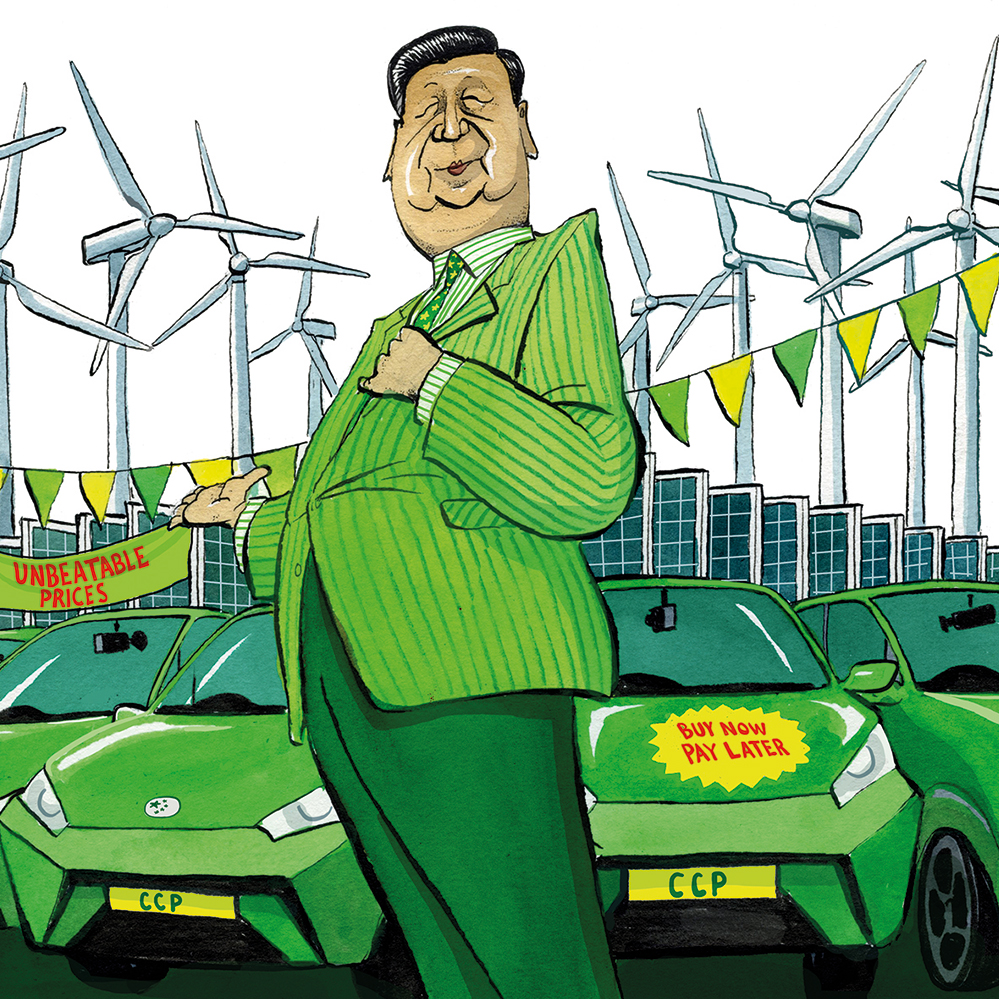






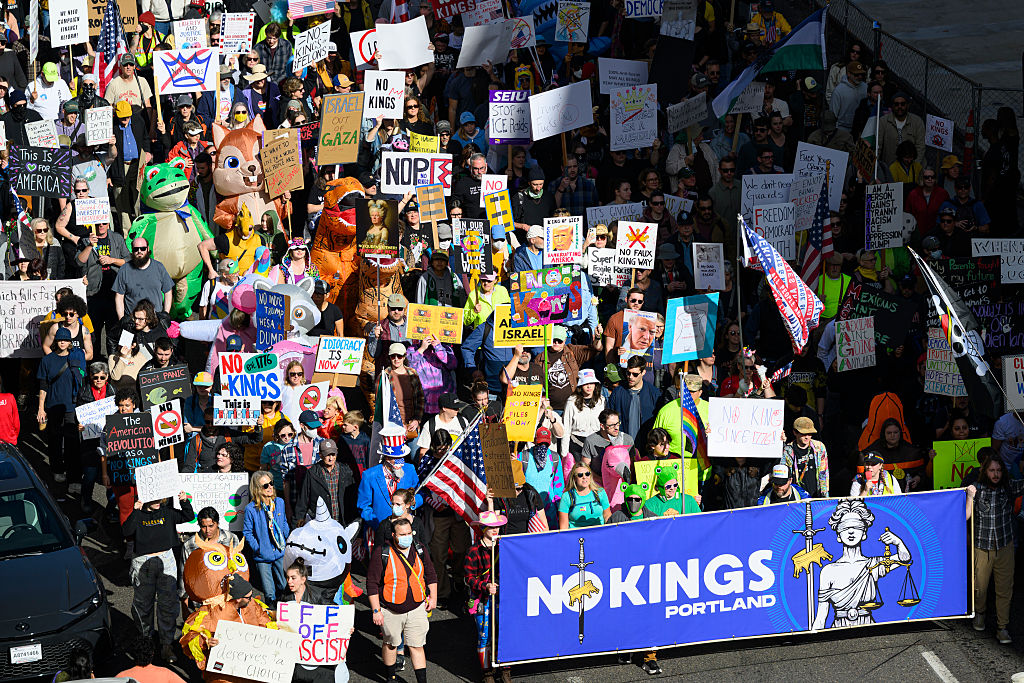



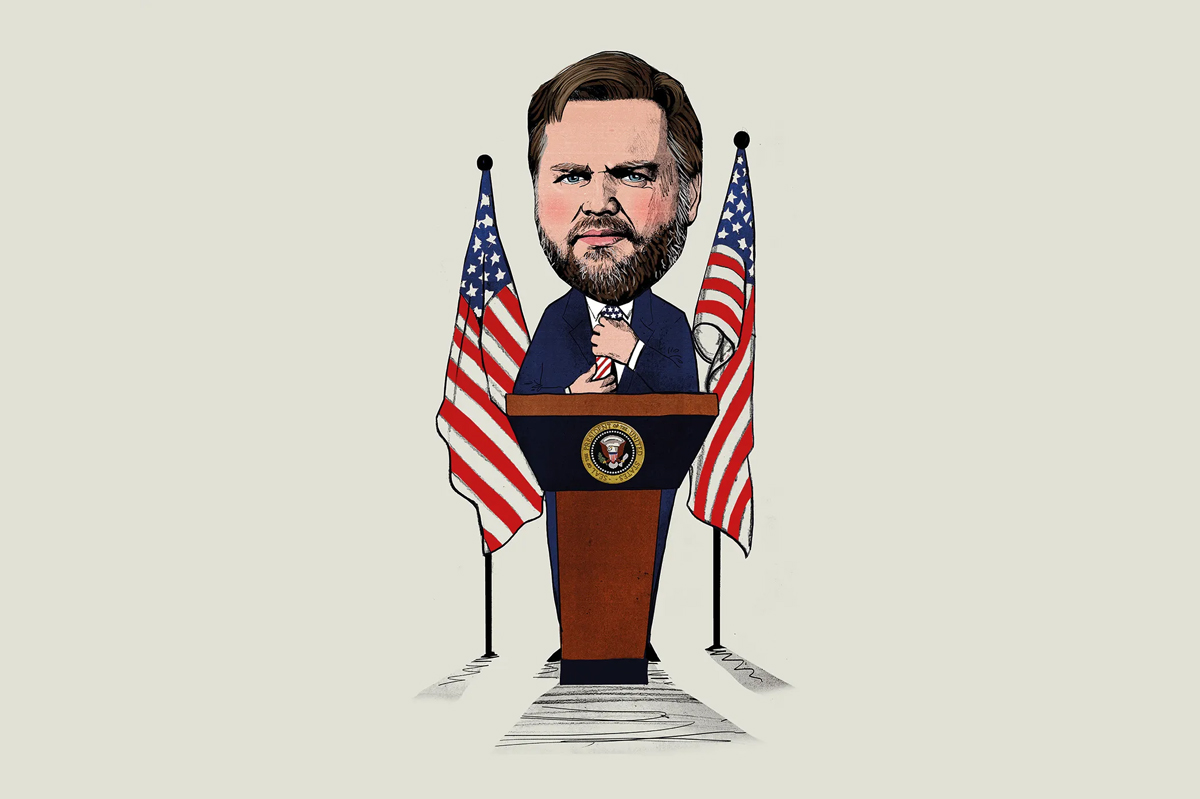


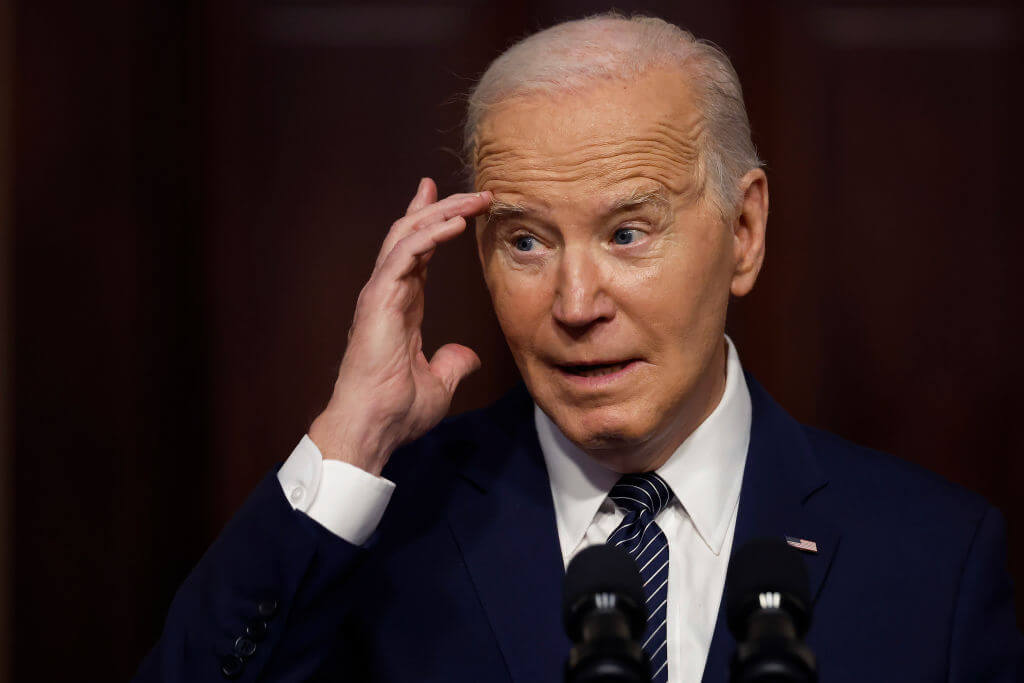



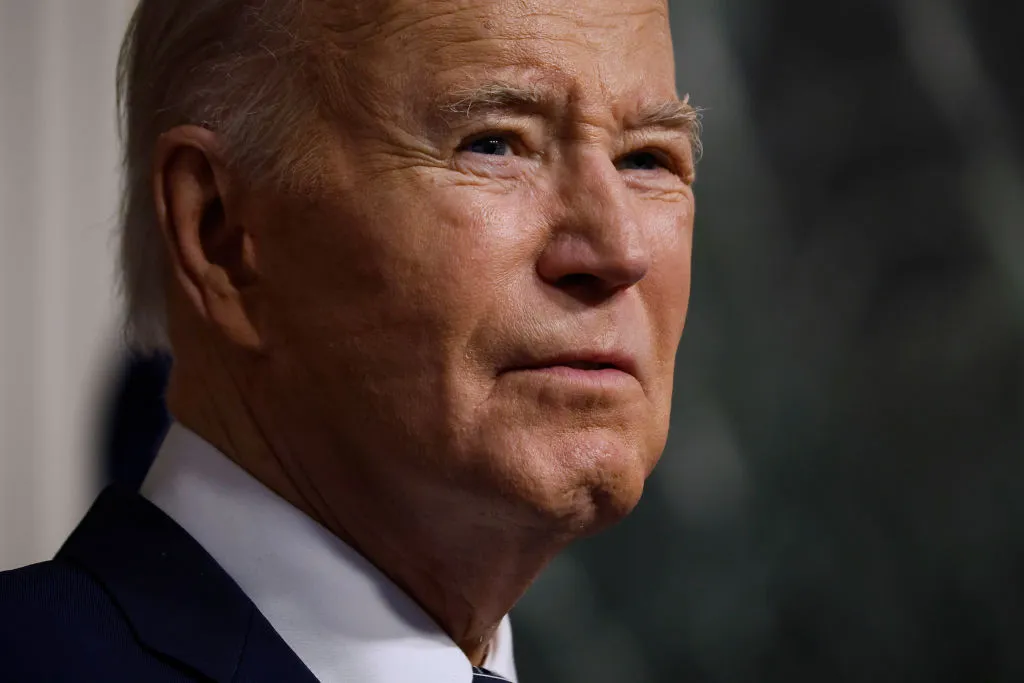

Leave a Reply